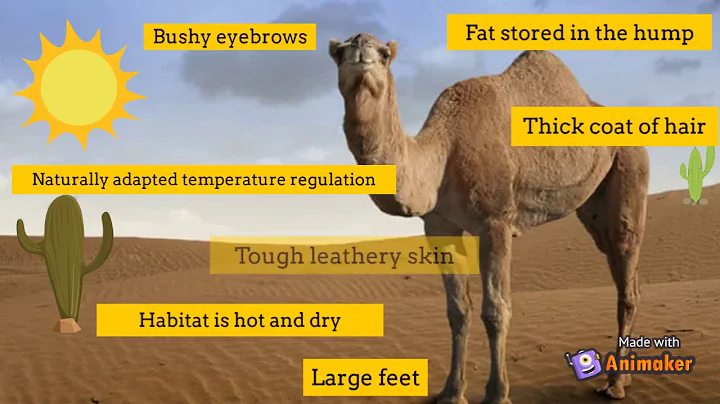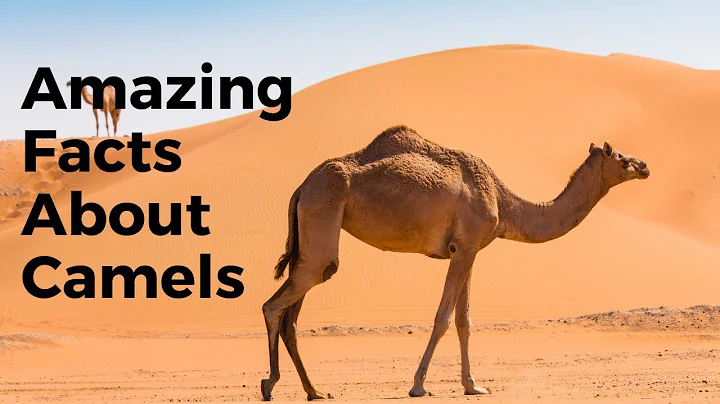
In our impression, the desert is an extremely barren land. Its main feature is the lack of water. Except for the camels, known as the "Ship of the Desert", which can freely walk in it because of their special water storage function, it is simply a desert. No life left. However, when we carefully searched the desert, we found that although there are no dense forests here, plant species are not rare, and in this seemingly stagnant place, there are actually many species living there. animal. So, how do these animals survive and reproduce in such a harsh environment?

Let us go into the famous Namib Desert in Africa and see the animals that are tenacious in adapting to the desert environment. For animals to survive in a place like the desert, they must have two minimum functions. The first is the walking function, because loose sand may bury animals at any time; the second is the water storage function, without water, any living thing will die. The webbed-toed gecko can be regarded as a typical example in both aspects. The front ends of its limbs expand into huge webs, which support its body to walk freely in the desert; when night falls and the fog envelopes the desert, the webbed-toed gecko's body and The eyes use their best ability to gather mist droplets, and its long tongue can also lick the water vapor in the eyes very dexterously, just like the wiper on a car.

In terms of movement, Viper follows the local customs. In the desert, it does not move forward in waves like its counterparts in other environments. In order to prevent being swallowed by the sand at any time, the viper tries to bend its body left and right to increase the contact area with the sand, and has developed the habit of diagonal movement. In terms of water storage function, the mustard bug among crustaceans is also a very unique species. In order to collect water droplets to the maximum extent, whenever there is fog, the mustard bug climbs to the top of the sand mountain. Turn your back to the fog drifting from the Atlantic Ocean, raise its tail high, and tilt its body diagonally. When the fog hits the cold insect body, it will condense into water droplets. The water droplets will slide along the back towards the mouthparts and lift up. The mustard worm can enjoy the nectar floating from afar as it wishes.

Of course, there are far more animals in the desert than these. They each have their own ways of survival and each have their own strange functions. Some rely exclusively on desert plants for life, and some usually hide deep in sand caves. Once the rain and dew fall, they immediately climb to the ground and do their best to replenish water and reproduce their offspring. Therefore, the desert is not actually a restricted area for life. Just like the polar regions and the deep sea, creatures in these special environments have their own special lifestyles.





















